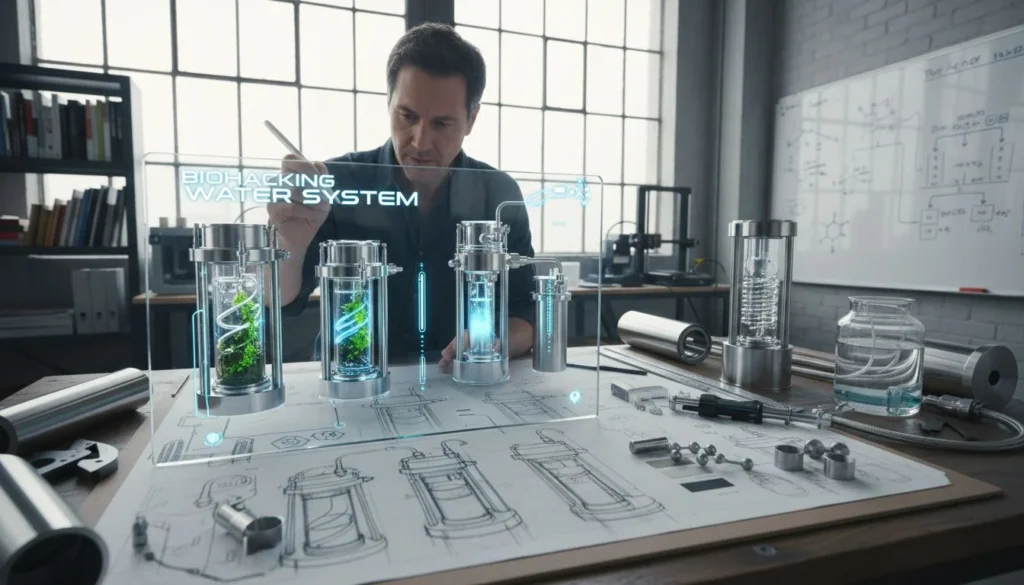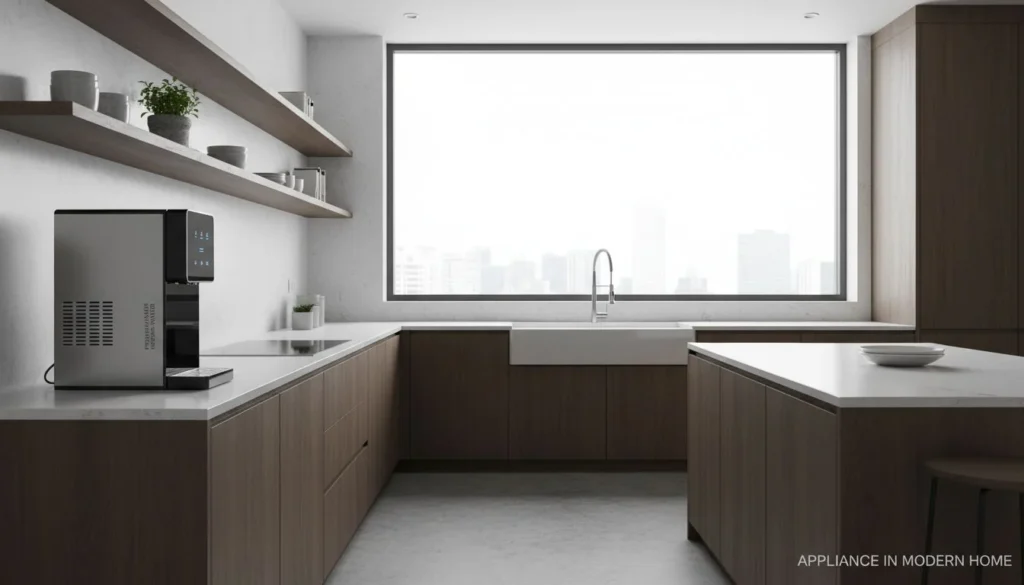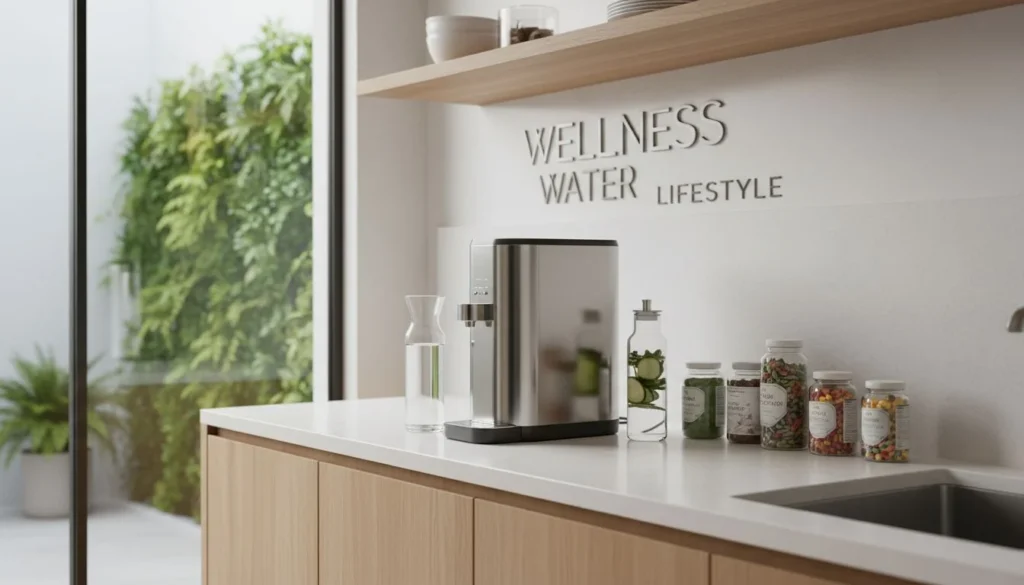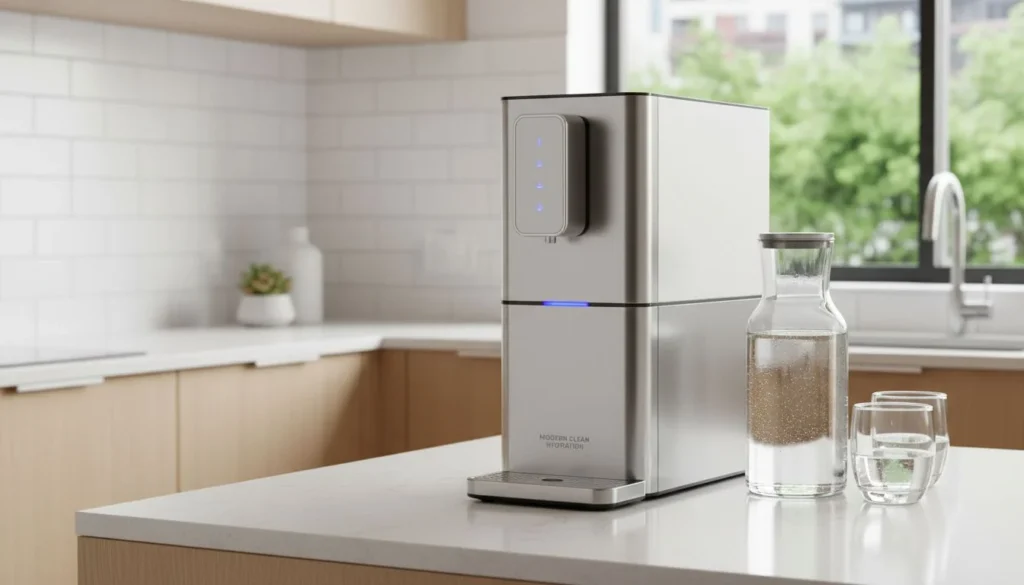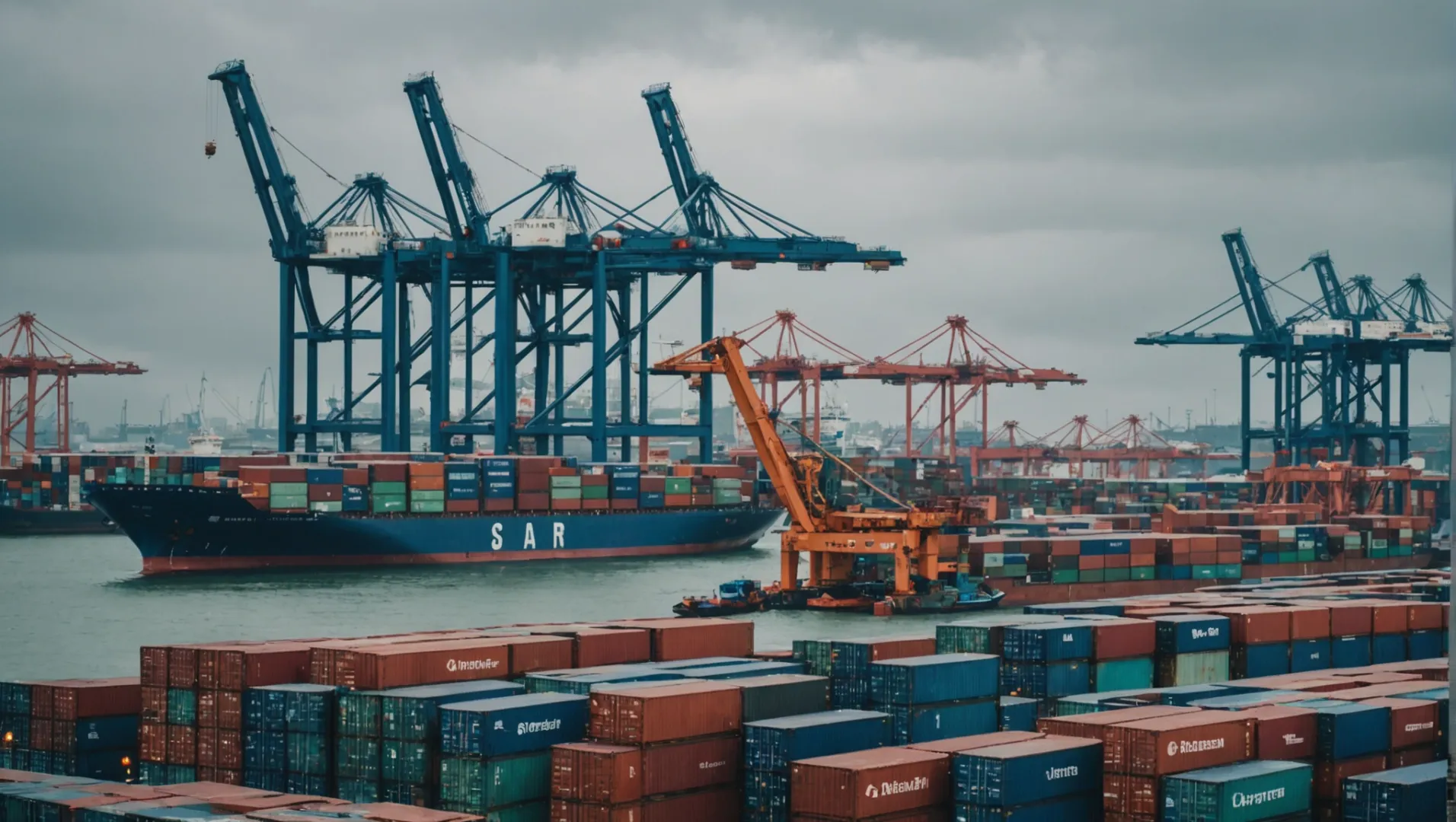
関税を理解することは、秘密の言語を解読するような感覚に陥ることがある。
中国から米国に輸入される空気清浄機に対する関税の引き上げは、輸入業者と消費者のコスト上昇につながる可能性がある。現在の関税は25%であり、関税引き上げの可能性が迫っているため、企業は影響を緩和するための生産場所や価格戦略の決定に迫られている。
しかし、この話には数字以上の意味がある。この関税がコストだけでなく、空気清浄機輸入の全体像をどのように形作っているのか、さらに深く掘り下げてみよう。
中国から米国への空気清浄機に対する現在の関税は25%である。真
現在、中国から米国への空気清浄機の輸入関税率は25%に設定されている。
現在の空気清浄機の関税率は?
空気清浄機の関税率は、米国市場での最終的なコストを左右する重要な要因である。
現在、中国から米国に輸入される空気清浄機には25%の関税が課せられているが、2025年5月までは免税措置が設けられている。将来的な変更により、これらの税率がさらに影響を受ける可能性がある。
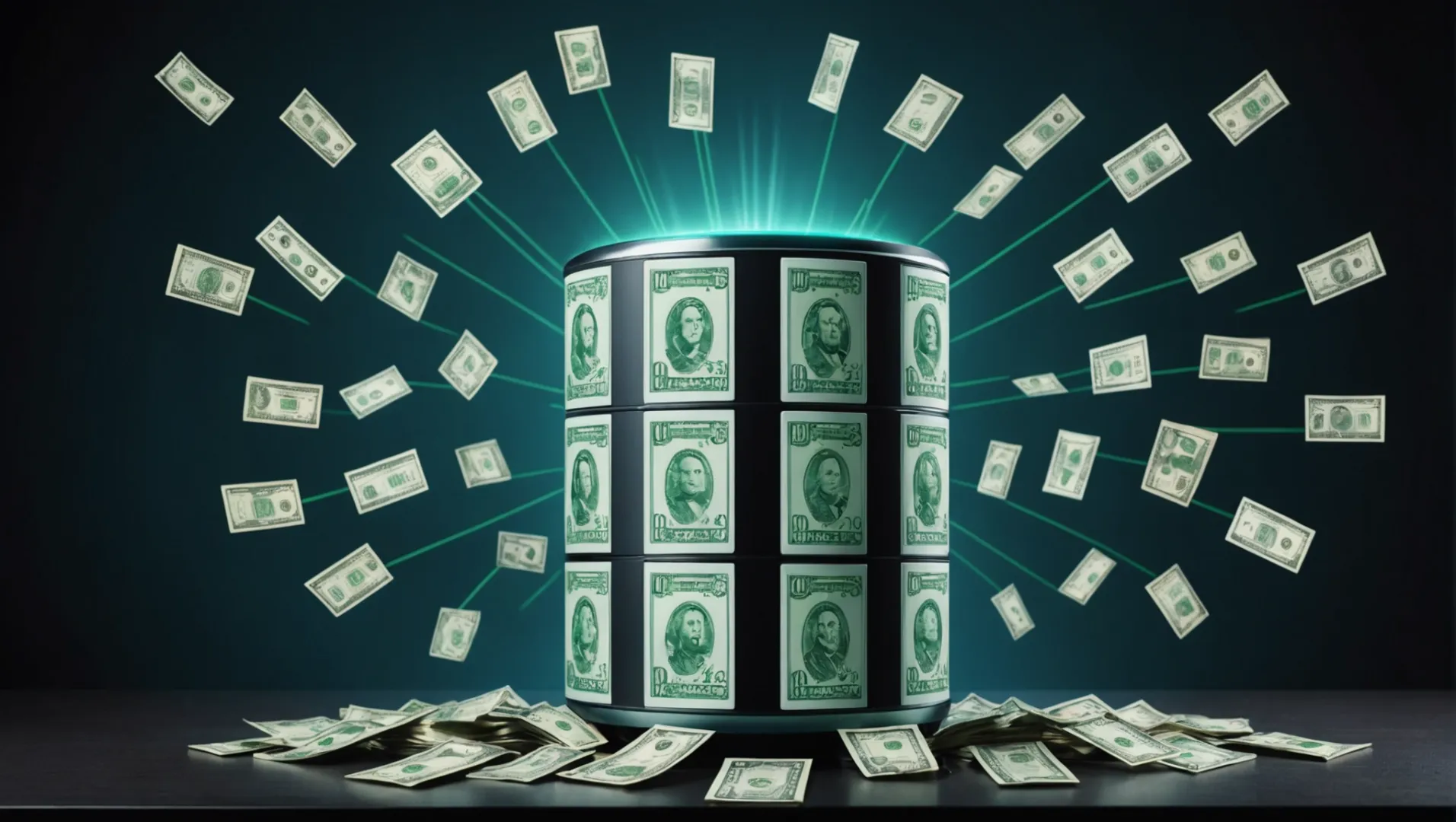
現行の料金体系を理解する
空気清浄機の関税をめぐる状況は、近年大きく変化している。現状では、中国から米国に輸入される空気清浄機には25%の関税が課される。この関税率は、貿易不均衡に対処することを目的とした広範な貿易措置の一環として導入されたもので、世界経済のさまざまな変化にもかかわらず存続している。
しかし、これらの関税は固定的なものではないことに注意する必要がある。米国政府は2025年5月までの一時的な免除を認めている。この免除措置により輸入業者は、関税を変更する可能性のある政治的変化を注視しながら、価格設定や調達について戦略を練ることができる。
将来の関税率変更の可能性
政治指導者や通商政策が変わる可能性があるため、将来の関税率をめぐる不確実性がある。例えば、特定の政治的条件が発生した場合、60%への大幅な引き上げが推測されている。このような変化は、メーカーに中国からベトナム、タイ、メキシコといった国への生産移転を強いる可能性がある。こうした国では高額の関税を回避できるが、10~15%の生産コスト増に直面するかもしれない。
関税率が経営戦略に与える影響
空気清浄機を輸入する企業は、戦略を練る際、現在の関税と将来の潜在的な関税の両方を考慮する必要がある。25%関税が変更されない場合、多くのメーカーは移転よりもコスト削減戦略に重点を置くかもしれない。これには、関税による追加費用を相殺するために、製造コストや輸出額を下げることが含まれる。
消費者にとっては、関税の引き上げは一般的に小売価格の上昇につながる。山火事のように大気汚染レベルが急上昇し、クリーンな空気ソリューションへの需要が急増するような事態でもない限り、購入が抑制される可能性がある。
このような力学を理解し、将来起こりうる関税率の変動に備えることは、企業にとっても消費者にとっても同様に極めて重要である。
中国からの空気清浄機には25%の米国関税がかかる。真
現在、中国から米国に輸入される空気清浄機には25%の関税が課せられている。
空気清浄機に対する米国の関税は2025年に60%に引き上げられる。偽
60%の関税は投機的なものであり、政治的変化次第である。
将来の関税引き上げは生産拠点にどう影響するか?
世界的な貿易政策の変化に伴い、メーカーは競争力を維持するために生産拠点を見直す必要があるかもしれない。
将来的な関税引き上げにより、製造業者は貿易障壁の低い国への生産移転を促し、操業コストやサプライチェーンダイナミクスに影響を与える可能性がある。
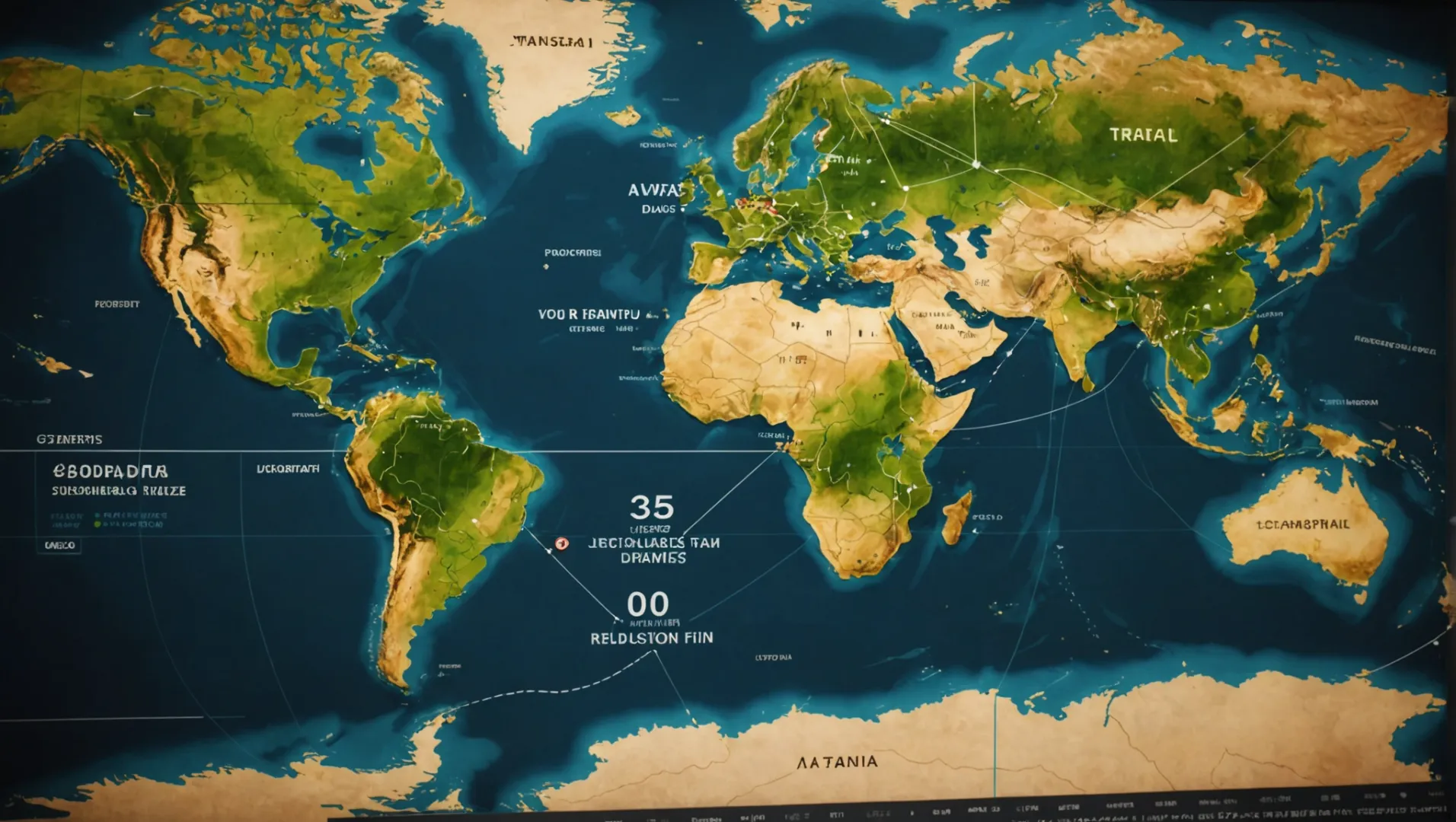
関税が製造業の意思決定に与える影響
関税は、特定の場所を経済的に成り立たなくすることで、世界の製造業の状況を大きく変える可能性がある。例えば、中国から輸入される空気清浄機に対する関税が現在の25%から60%に引き上げられた場合、多くのメーカーはベトナム、タイ、メキシコといった国への生産施設の移転を検討するかもしれない。これらの国は米国との貿易障壁が低いことが多く、製造コストが10-15%増加するにもかかわらず、全体的なコストを削減できる可能性がある。
移転先候補
移転は単純な決断ではない。東南アジア諸国への移転は、関税削減などのメリットがある一方で、労働力の確保、インフラの質、政治的安定性などの要素を評価する必要がある。ベトナムやタイのような国は、製造業が成長していることや、貿易協定が有利であることから魅力的である。しかし、それぞれに課題があり、進出前に十分に検討する必要がある。
製造コストの比較分析
| 国名 | 推定製造コスト上昇 | 関税削減ポテンシャル |
|---|---|---|
| 中国 | 0% | 0% |
| ベトナム | 10-15% | 40%まで |
| タイ | 10-15% | 40%まで |
| メキシコ | 15-20% | 重要 |
移転以外の戦略的適応
生産拠点の変更に加え、企業は関税引き上げに対応するために様々な戦略を採用するかもしれない。ある企業は、製品の輸出価格を引き下げ、最終価格への関税の影響を効果的に軽減することを選択するかもしれない。また、追加コストの一部を吸収するために、既存拠点での効率向上に注力する企業もあるかもしれない。予測不可能な貿易環境において競争力を維持するためには、こうした戦略を模索することが極めて重要である。
潜在的な移転戦略や、そのような決断に影響を与える要因についてさらに詳しく知るには、次のようなリソースも検討してみてください。 関税による製造シフト1.このことは、グローバルな貿易力学が産業間の生産決定をどのように再形成しているかについて、より深い洞察を提供することができる。
中国からの輸入品に対する関税は60%に上昇する可能性がある。真
25%から60%への料金値上げの可能性について言及している。
生産拠点をベトナムに移すことで、より低いコストが保証される。偽
関税は下がるかもしれないが、ベトナムでの製造コストは10-15%上昇する可能性がある。
輸入業者はコスト増を軽減するためにどのような戦略を取ることができるか?
中国製空気清浄機の関税引き上げにより、輸入業者はコスト上昇に直面している。どのように対応すればよいのだろうか?
輸入業者は、サプライ・チェーンを多様化し、サプライヤーとより良い条件で交渉し、効率化のためにテクノロジーを活用することで、コスト増を軽減することができる。また、代替生産地を探したり、ロジスティクスを最適化したりすることも、関税の影響を効果的に管理するのに役立つ。

サプライチェーンの多様化
輸入業者がコスト増を軽減するための最も効果的な戦略のひとつは、サプライ・チェーンを多様化することである。これは、製品を1つの国やサプライヤーだけに頼らないことを意味する。そのためには 材料調達2 異なる地域からの商品であれば、企業は特定の国からの商品に課される関税によって大きな影響を受けることを避けることができる。
例えば、中国製空気清浄機の関税が大幅に上昇した場合、輸入業者は、製造コストがまだ競争力のあるベトナムやタイなど、他のアジア諸国から部品を調達することを検討するかもしれない。
より良い条件の交渉
より良い条件を確保するために既存のサプライヤーと交渉することも、実行可能なアプローチである。輸入業者は、一括割引、支払期限の延長、関税のコスト負担の分担などのオプションについてサプライヤーと話し合うことができる。効果的な交渉は大幅な節約につながり、関税引き上げの直接的な影響を軽減することができる。
テクノロジーの活用
ロジスティクスとオペレーションにテクノロジーを取り入れることで、大幅なコスト削減が可能になる。例えば、サプライ・チェーン管理ソフトウェアを使用することで、在庫管理を改善し、リードタイムを短縮し、予測精度を高めることができる。こうした改善により、関税引き上げに伴うコストの一部を相殺することができる。
さらに、以下のようなデジタルツールの採用も重要である。 自動購買3 プロセスや高度な分析は、企業が情報に基づいた意思決定を行い、業務を合理化するのに役立つ。
代替製造拠点の模索
関税が60%まで引き上げられる可能性があることから、多くの空気清浄機メーカーは生産施設の移転を検討するかもしれない。生産拠点をベトナム、タイ、カンボジア、メキシコなどの国に移すことで、関税率が下がり、生産コストは多少上がるものの、全体的なコストを削減できる可能性がある。
| 国名 | 推定関税削減額 | 予想される製造コストの上昇 |
|---|---|---|
| ベトナム | 30%まで | 10-15% |
| タイ | 最大25% | 10-15% |
| メキシコ | 最大35% | 10-15% |
ロジスティクスの最適化
物流はコスト管理において極めて重要な役割を果たす。輸入業者は、輸送費を削減するために、ロジスティクス・ネットワークを評価し、最適化すべきである。これには、貨物の混載、より効率的なルートの選択、あるいは物流業者との運賃交渉などが含まれる。
結論
これらの戦略を組み合わせて実行することで、輸入業者は中国からの空気清浄機に対する関税引き上げがもたらす課題をうまく切り抜けることができる。各戦略にはそれぞれ独自の利点があるが、重要なのは、どの組み合わせが事業者固有のニーズと市場の状況に最も合致するかを見極めることにある。
サプライチェーンの多様化は関税の影響を軽減する。真
複数の地域から調達することで、一国への依存を避けることができる。
製造拠点を移転すると、全体のコストが20%増加する。偽
移転は関税を下げるかもしれないが、生産コストをわずかに上げるだけである。
関税は消費者の価格と需要にどう影響するか?
関税は消費者価格を大きく左右し、需要やより広範な経済の動きに影響を与える。
関税は通常、消費者物価の上昇を招き、商品が高価になることで需要を減退させる。この価格上昇は、必需品と非必需品の両方に影響し、消費者の購買行動を変化させ、経済成長を阻害する可能性がある。
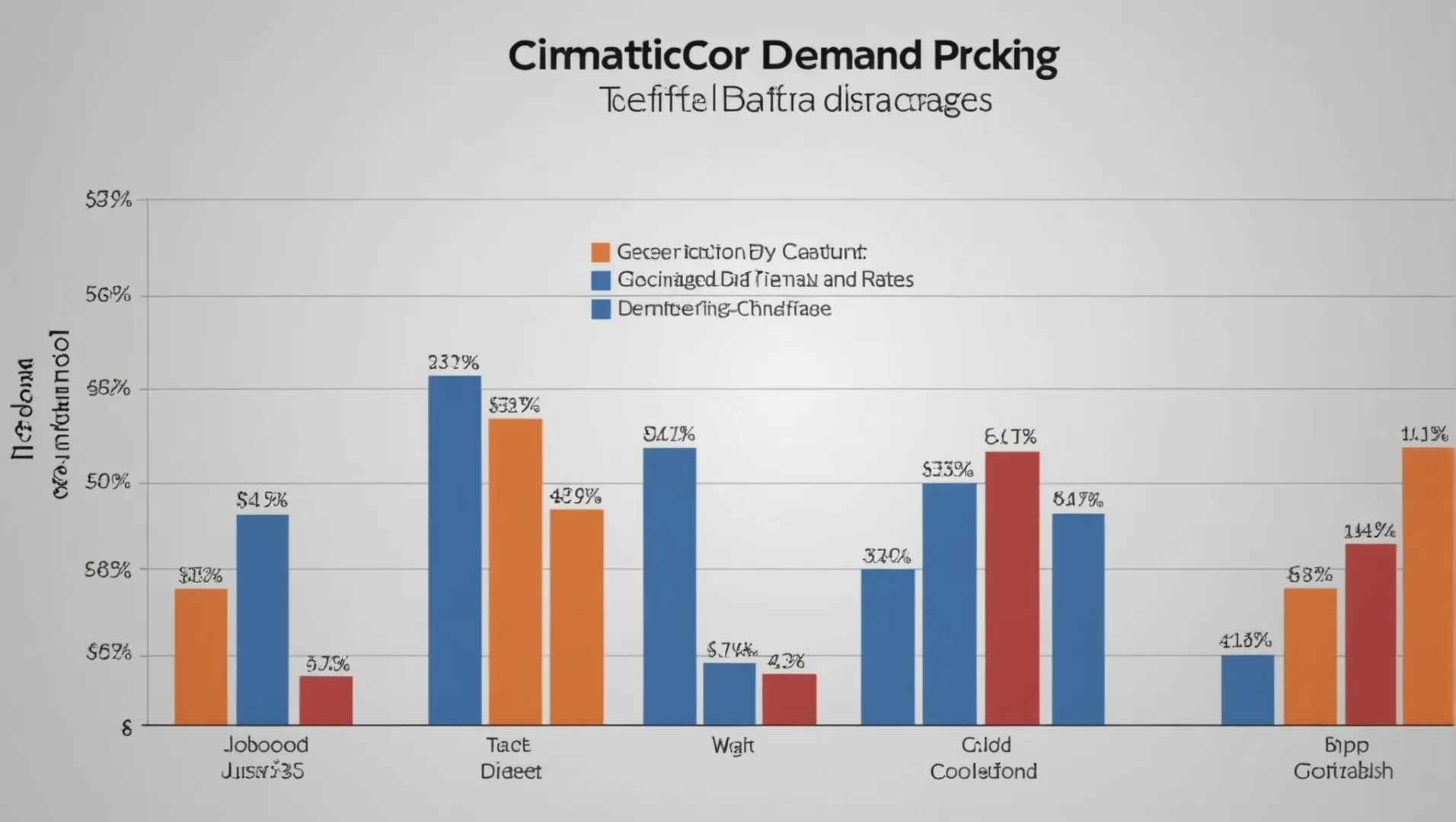
消費者価格への直接的影響
輸入品に関税が課されると、直ちに消費者の製品コストが上昇する。例えば、中国から輸入される空気清浄機の関税が25%に設定された場合、このコストはしばしば消費者に転嫁され、小売価格の上昇につながる。消費者はこの追加コストを吸収するか、代替品を探すかというジレンマに直面することになる。
場合によっては、企業は競争力のある価格設定を維持するために関税の一部を吸収しようとするかもしれない。しかし、これは利益率を圧迫する可能性があり、企業は以下のような事態を招く。 コストを相殺する方法4 効率改善や生産拠点のシフトを通じたものである。
消費者需要の変化
一般に、価格の上昇は、特に贅沢品のような非必需品の需要減退につながる。空気清浄機でいえば、健康上の懸念から高いお金を払ってもいいと考える消費者がいる一方で、購入を遅らせたり、完全に見送ったりする消費者もいるかもしれない。
関税率の違いが消費者価格にどのような影響を与えるかを表で説明することができる:
| 関税率 | 小売価格の引き上げ | 予想される需要の変化 |
|---|---|---|
| 25% | 15-20% | 中程度の減少 |
| 60% | 30-40% | 大幅な減少 |
より広範な経済的影響
関税は個々の製品に影響を与えるだけでなく、経済全体に波及効果をもたらす。物価上昇はインフレ圧力につながり、中央銀行に金融政策の調整を促す。さらに、需要の減少は生産率の低下を招き、影響を受ける輸入品に依存している産業では雇用が失われる可能性がある。
さらに、グローバル化した経済では、関税の引き上げは以下のような事態を招きかねない。 地政学的緊張5 各国が関税で報復することで、貿易戦争のシナリオが生まれ、国際関係や経済の安定が損なわれる可能性があるからだ。
結局のところ、関税は国内産業を保護し、政府の歳入を生み出す手段である一方、消費者の価格設定と需要に与える影響は甚大かつ複雑である。こうした力学を理解することで、消費者と企業は、変化する関税ランドスケープがもたらす課題を乗り切ることができる。
関税は常に消費者物価の上昇につながる。真
関税は輸入コストを引き上げ、しばしば消費者に転嫁され、物価を上昇させる。
関税の引き上げは非必需品の需要を減少させる。真
関税による物価上昇は、特に贅沢品に対する消費者の需要を減退させる。
結論
このような激動の海を乗り切ることで、消費者も企業も、自分たちの利益を守るために十分な情報に基づいた選択をすることができる。
-
関税が世界的な工場移転にどのような影響を与えるかについての洞察を得る..:2019年12月、米連邦準備制度理事会(FRB)のエコノミストであるアーロン・フラエンとジャスティン・ピアースは、関税により製造業の雇用が純減... ↩
-
サプライチェーンの多様化がいかにリスクとコストを削減するかをご覧ください:このようなサプライチェーンの複雑なネットワークは、世界中の安定と繁栄の向上に貢献しています。 ↩
-
テクノロジーによるサプライチェーンの効率化..:専用のインテリジェント・アプリケーションは、サプライチェーン・テクノロジーの未来をますます形成しています。 ↩
-
関税によるコスト増に企業はどう対処するのか?ドナルド・トランプ次期大統領の就任により、米国では輸入関税が再び強化される見通しだ。 ↩
-
関税が国際貿易力学に与える影響..:誰が関税を徴収するのか?最も簡単に言えば、関税は税金である。関税は、輸入品の消費者が負担するコストに上乗せされるもので、いくつかの貿易税制の1つである。 ↩


